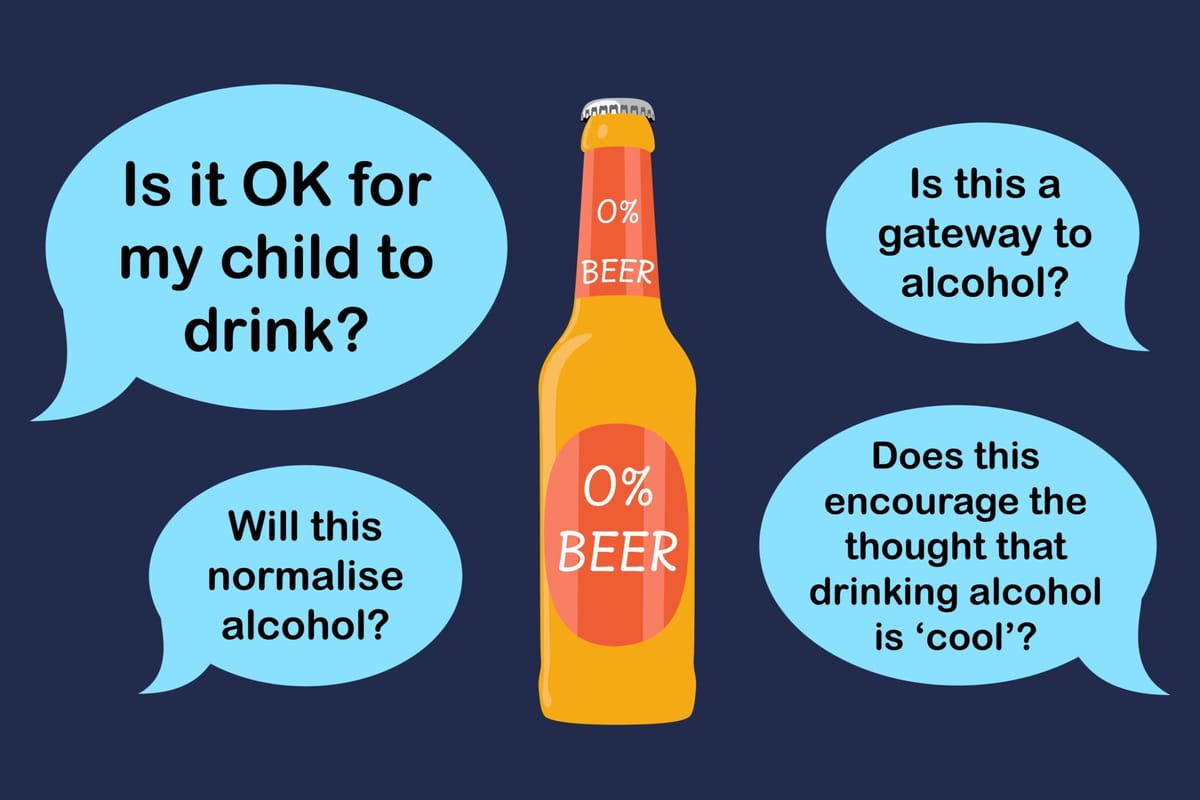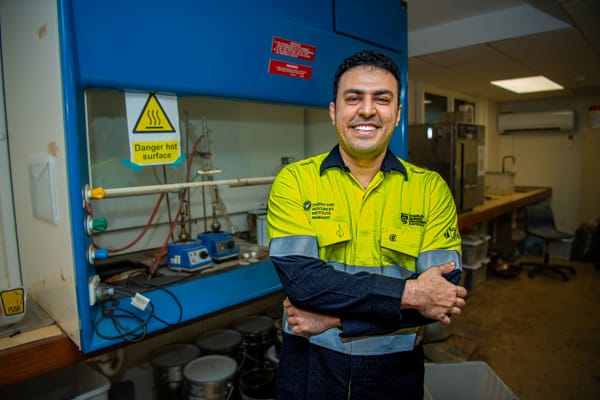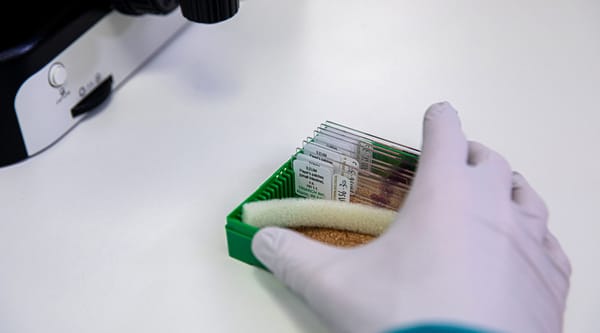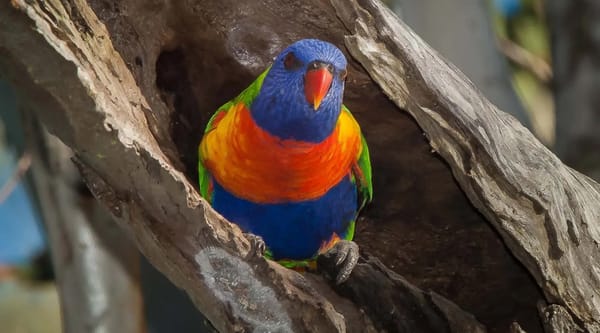Proceed with caution–the meteoric rise of 0% alcohol drinks
New research from Flinders University has revealed that parents are feeling conflicted, confused and concerned when it comes to zero-alcohol beer, wine and spirts and adolescents.

First published by Flinders University
New research from Flinders University has revealed that parents are feeling conflicted, confused and concerned when it comes to zero-alcohol beer, wine and spirts and adolescents.
In recent years alcohol-free alternatives have flooded the Australian drinks market, reaching into the millions of dollars and heralding a new – but ever more confusing – era for parents across the country.
With such a meteoric rise in choice and popularity, the rules, regulations and wider implications of these drinks for adolescents are still being studied.
Non-alcoholic beer, wine, and spirits, sometimes known as zero-alcohol or alcohol-free drinks, are drinks that have alcohol levels below 0.5 percent by volume but look and taste like their alcoholic counterparts.

Whilst alcohol-free alternatives are popular with adults choosing to cut back on their alcohol consumption or quit altogether, there is a grey area when it comes to teenagers says Nathan Harrison from the National Centre for Education and Training on Addiction (NCETA), College of Medicine and Public Health.
“We already know that conversations around alcohol can be uncomfortable and tricky to broach, especially when it comes to teenagers,” says Mr Harrison, who led the latest research published today in the Australian and New Zealand Journal of Public Health.
“Now parents face the additional challenge of navigating zero-alcohol drinks that look, and taste, like the real thing.
“Our research found that parents feel like they don’t have enough information to make an informed decision, and are conflicted on whether alcohol-free alternatives are suitable, healthy or possibly harmful for teenagers.
“Parents are sometimes confused by zero-alcohol drinks. They wonder if giving them to their children might normalise alcohol, because these drinks look so similar. As a result, around half of the parents we spoke to were concerned that these drinks could result in increased alcohol consumption,” says Mr Harrison.
Researchers documented the concerns of parents and their decision-making dilemmas regarding drinks like non-alcoholic beer and wine.
One parent said, “It works like a gateway drug, you know, that they start on the zero-alcohol and they wanna try the real thing.”
Another parent said: “If it’s the whole ‘being cool because you’re drinking alcohol’ sort of link, it’s almost in the same realm as being harmful, you know: it’s glorifying, it’s normalising everything about alcohol.”
Parents also voiced concerns relating to the current marketing of zero-alcohol drinks and the similarity of branding to their alcohol-containing equivalents, in particular the zero-alcohol drinks produced by major alcohol companies—especially beer brands.
Researcher Dr Ashlea Bartram from the College of Medicine and Public Health led recent research that analysed the views of over 1100 parents, finding that those who are confused about alcohol guidelines for adolescents were are more likely to provide zero-alcohol products to their teenagers.

Dr Bartram says that parents face considerable challenges in setting boundaries and navigating conversations surrounding alcohol with their teenage children.
“Research has shown that delaying the introduction of alcohol to children can reduce the likelihood of binge drinking and alcohol-related issues later in life.
“This underscores the importance of parental guidance and intervention in shaping healthy behaviours and decision-making regarding alcohol consumption.
“Many parents want to do what they can to minimise harms from alcohol to their children. For now, we advise a precautionary approach and recommend that parents do not provide zero-alcohol drinks to their adolescents.
“We know that they are not intended for consumption by children and we would like to see steps towards preventing children and young people from accessing and consuming these products going forward,” she adds.
Christine Morris, Prevention and Advocacy Manager at Cancer Council SA, says “zero-alcohol drinks are allowed to be marketed and sold in ways that regular alcoholic drinks cannot. Any amount of any type of alcohol increases the risk of seven types of cancer, and it’s important to make sure that children and young people are not exposed to advertising from alcohol companies that could put them at risk of harm.”
‘They start on the zero-alcohol and they wanna try the real thing: Parents’ views on zero-alcohol beverages and their use by adolescents’ by lead author Nathan Harrison, Christina A. Norris, Ashlea Bartram, Michael Murphy, Simone Pettigrew, Ally O. Dell, Robin Room, Caroline Miller, Ian Olver Marina Bowshall, Cassandra J. C. Wright, Rebecca Jenkinson and Jacqueline A. Bowden. DOI: 10.1016/j.anzjph.2023.100119
‘Which parents provide zero-alcohol beverages to adolescents? A survey of Australian parents’ practices and intentions’ by lead author Ashlea Bartram, Nathan J. Harrison, Christina A. Norris, Susan Kim, Simone Pettigrew, Robin Room, Caroline Miller, Ian Olver, Rebecca Jenkinson, Marina Bowshall and Jacqueline A. Bowden. DOI: 10.1016/j.ypmed.2023.107840
This research was funded by National Health and Medical Research Council GNT1157069 and produced with the financial and other support of Cancer Council SA’s Beat Cancer Project on behalf of its donors and the State Government of South Australia through the Department of Health.




